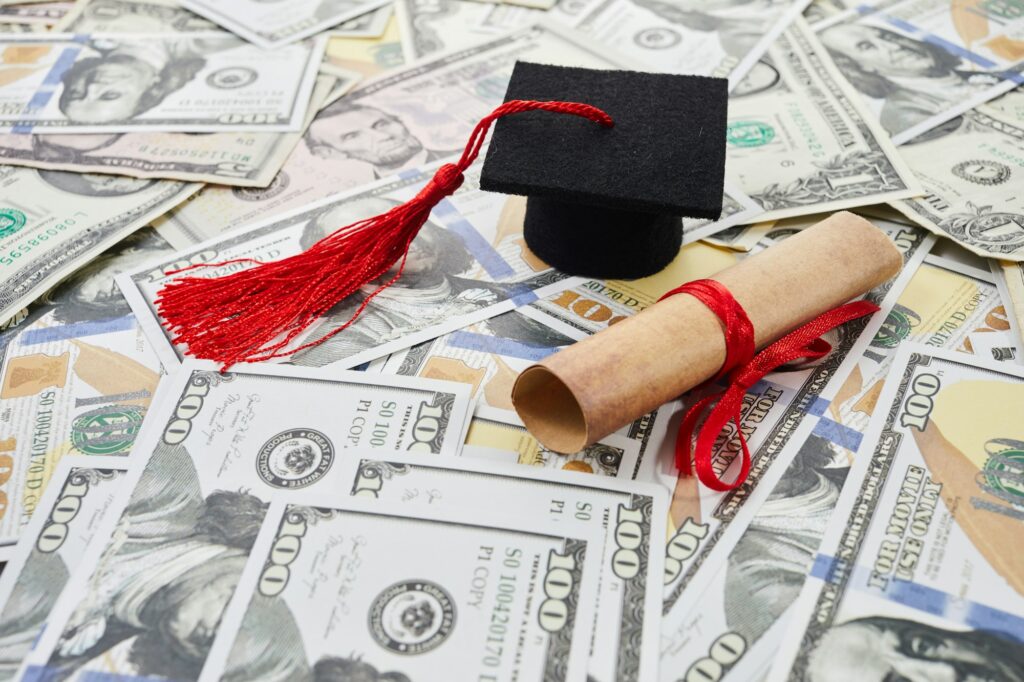The Biden administration’s latest plans to ease the burden of student debt have reignited a fierce debate about the role of government in higher education and the economy. The new proposal, which aims to cancel up to $20,000 of accrued and capitalized interest for borrowers regardless of income, has the potential to benefit over 23 million Americans. However, the plan has also drawn sharp criticism from conservatives who argue that it is unfair, costly, and an overreach of executive authority.
For supporters, the student debt relief plan represents a much-needed lifeline for millions of Americans who are struggling under the weight of their student loans. By canceling a portion of the interest that has accrued on these loans, the Biden administration hopes to provide a measure of financial relief to borrowers and stimulate the economy by freeing up more disposable income. Proponents also argue that the plan is a step towards addressing the growing problem of economic inequality, as student debt disproportionately affects low-income and minority communities.
However, critics of the plan argue that it is fundamentally unfair to those who have already paid off their student loans or never attended college in the first place. They contend that the cost of debt forgiveness will ultimately be borne by taxpayers, many of whom did not benefit from higher education themselves. Some conservatives also view the plan as an overreach of executive authority, arguing that such significant policy changes should be made through legislation in Congress rather than by presidential fiat.

Beyond the immediate political and economic implications, the student debt relief plan has the potential to spark a broader conversation about the future of higher education in the United States. With the cost of college tuition continuing to rise faster than inflation, many Americans are questioning whether the traditional model of four-year college education is still viable or desirable. The Biden administration has already signaled its support for making community college tuition-free, and it is possible that the student debt relief plan could be a precursor to more sweeping reforms of the higher education system.
Ultimately, the debate over student debt relief is likely to remain a polarizing issue in the months and years ahead. While the Biden administration’s latest plan is a step towards providing relief to millions of borrowers, it is unlikely to satisfy critics who view it as a costly and unfair government intervention. As the 2024 presidential election approaches, the issue of student debt is likely to remain a key point of contention between Democrats and Republicans, with both sides seeking to use it to mobilize their respective bases.
Regardless of one’s political leanings, however, it is clear that the student debt crisis is a complex and multifaceted problem that will require a range of solutions. From reforming the higher education system to promoting alternative career paths and financial literacy, there are many ways in which policymakers and educators can work to reduce the burden of student debt and create a more equitable and sustainable economic future for all Americans. As the debate over student debt relief continues to evolve, it will be important for all stakeholders to remain engaged and open to new ideas and approaches.



